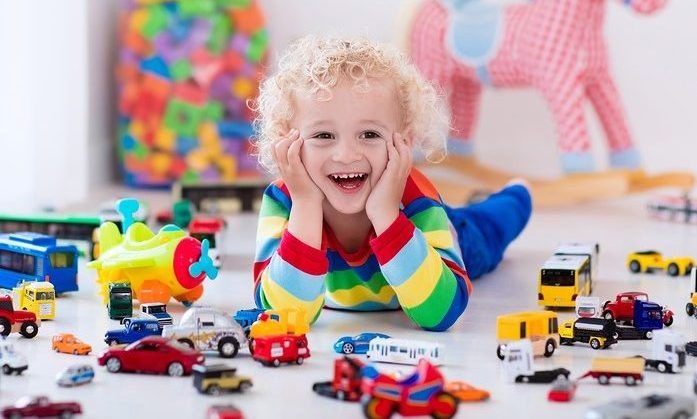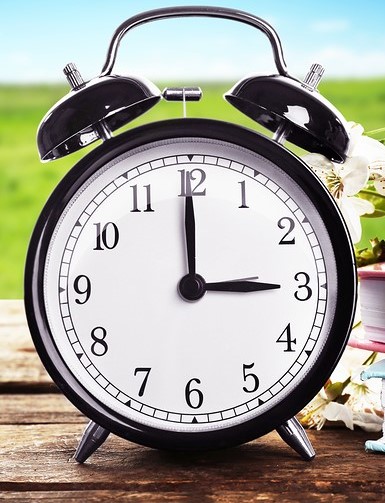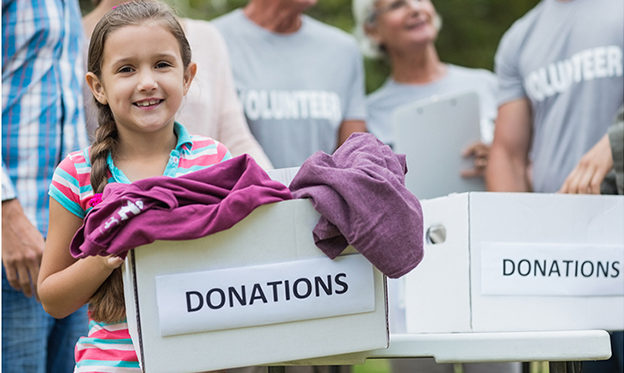Stay at Home Organizing Tips – Toys and Play Spaces
Posted by admin on
Stay at Home Organizing Tips – Toys and Play Spaces
 Your kids are at home and bored, so they play and before long their play space is a disaster zone. Toys and play spaces can be particularly overwhelming because they are constantly being ‘undone’, kids tend to accumulate toys quickly, take them all out at once, and when they have too many, it’s tough to keep track of what they are playing with and what they may have outgrown. Getting your toys and play spaces organized will help your kids (and you) enjoy play time.
Your kids are at home and bored, so they play and before long their play space is a disaster zone. Toys and play spaces can be particularly overwhelming because they are constantly being ‘undone’, kids tend to accumulate toys quickly, take them all out at once, and when they have too many, it’s tough to keep track of what they are playing with and what they may have outgrown. Getting your toys and play spaces organized will help your kids (and you) enjoy play time.
As professional organizers in Boston, toys and play spaces are at the top of our list of organizing projects. Follow these tips to let us help you to whip your play spaces and toys into shape while you’re at home.
Do a Toy Roll Call
- Start by sorting out what you have – sort into major categories – board games, stuffed animals, dolls, Legos, etc.
Clean House
- Part with items your kids have outgrown by giving them to a friend/relative or charity who will make use of them – this is a good teachable moment for kids
- Also be sure to get rid of obvious junk and move out of place items back to the appropriate places – you’ll be surprised at what you find
- Broken toys should either be fixed or retired
- A select few favorite outgrown items can be set aside for a memory box
Go Back to School
- Preschool and Kindergarten classrooms are an amazing showcase of organization; the key idea is setting up zones – reading, arts & crafts, kitchen, blocks, etc. Try to give the main categories you discovered in your sort their own zone (or group things that work well together)
Choose the Right Containers
- Use clear, or well-labeled containers so everyone can help with clean up– use picture labels if your kids are too young to read
Go Vertical
- Use shelving and hooks to get as much off the floor as possible
- Over-the-door shoe organizers can be a great way to store small stuff – can be mounted on a wall or door
Create a Toy Library
- If you don’t have room to have all your toys out (and who does), try rotating toys, sending a selection to the ‘toy library’, where they can be swapped out with another batch when everybody needs a change of pace
Find the Right Solution
- If you have a specific toy issue, figure out what’s not working and then look for a specific solution – the internet and Pinterest are great resources – chances are, somebody else has encountered the same issue and is willing to share their solution
- Great example – Lay ‘n Go (http://layngo.com/) – a play mat that cinches up into a storage bag for quick and easy clean-up of little things like Legos
- Just beware of falling for too many ‘unitasker’ storage solutions – only buy something that meets a need and seems like it would be a good fit for your family
Create a Clean Up Habit
- Most kids like putting stuff where it goes from an early age – practice making toy clean-up part of your daily routine and expectation
- It’s also more fun to come back to a calm, clear space the next day rather than a chaotic mess – it’s like a new blank slate for play and creativity rather than a stressful sea of stuff that leaves them not knowing where to start.
Short on time? Do a Quick Fix!

Our Quick Fix solutions are designed to help you whip your spaces into better shape in one short session. You may not get to tackle everything, but you will improve how each space functions and chances are you’ll build momentum to keep going and take it to the next level. Organizing is like a puzzle; sometimes just getting one or two pieces in place helps you see that whole picture more clearly.
Toys and Play Spaces Quick Fix
- Set your timer for 30 min
- Sort toys into broad categories
- Weed out broken or outgrown items
- Set aside items that belong elsewhere
- Toss any trash or recycling
- Wipe down surfaces
- Return stray items to their homes
Getting Kids Involved in Organizing
Lead by example
If you are disorganized, chances are your kids will be too. Start with your own space. Kids are intuitive and if you are unhappy with your space, they will be too. Also, if you have trouble letting go, chances are your kids will, too.
Teach them to be charitable
 It’s never too early to teach your children to be charitable. Children often respond well to the idea that they’re things are going to someone in need. Choose a local charity, or even a local family in need that you can show or introduce your child to. They are more likely to be okay about giving things away if they know where it is going.
It’s never too early to teach your children to be charitable. Children often respond well to the idea that they’re things are going to someone in need. Choose a local charity, or even a local family in need that you can show or introduce your child to. They are more likely to be okay about giving things away if they know where it is going.
Make it fun
Turn it into a game. Give prizes (as long as the prize isn’t more stuff)!
Use colors
Let them choose their favorite colors for storage bins and supplies. Use a different color for each child.
Put things within easy reach
If they can’t reach it, they won’t be able to get things and put things away themselves. Make it easy for them.
Turn labeling into an art project
Let them draw pictures or create labels for containers. They are more likely to remember what’s in there if they created the label.
Make play time fun time by organizing your kid's toys and play spaces this weekend.
